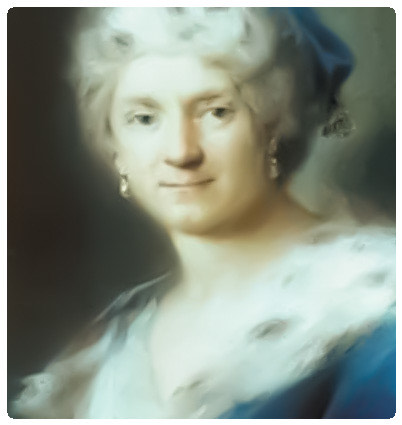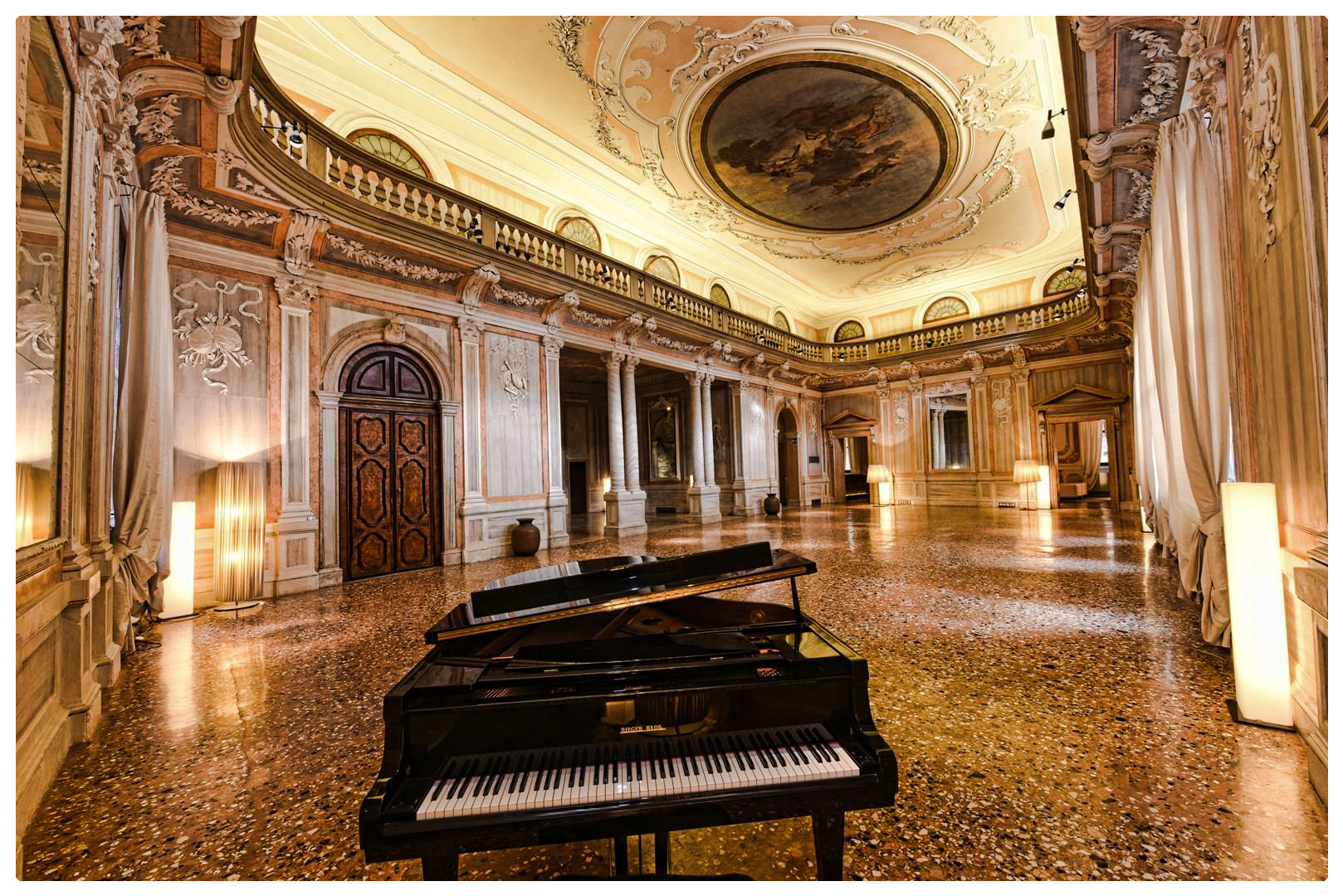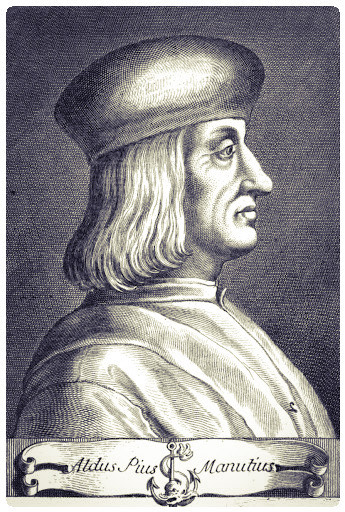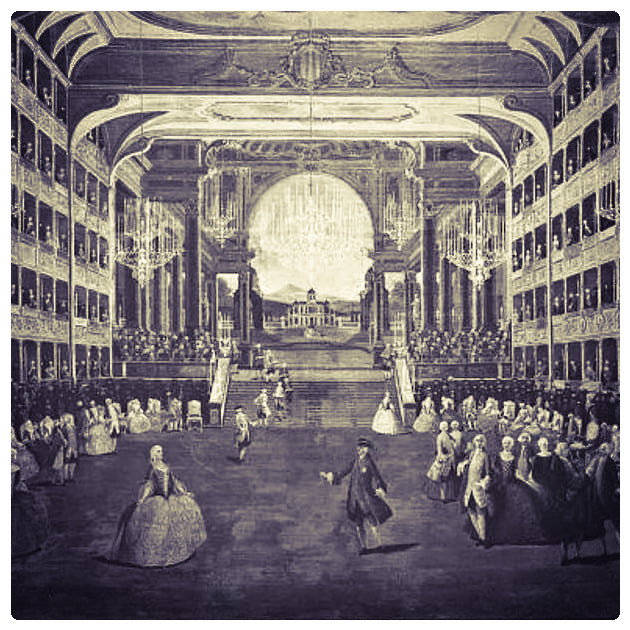So much, indeed so much we have told about Venice, and there is still so much more to tell and discover. And yet, it seems that this city was born to amaze, always and in any case, whatever we talk about, whatever the subject is. And so today we discover that the Serenissima has not only primates of beauty and art content, but also hides high, curious, unusual, unpublished and even funny ones. Stories and anecdotes that will surely make you exclaim: "but really?".
Ready to discover with me so many first times?
The first time of the word ciao
It was the Venetians who first pronounced the word ciao (hello), the easiest way to exchange a greeting, which then became rather international, at least of widespread understanding. The term was born in Venice as a contraction of an expression of courtesy: between calli and campielli when you met someone you used to greet them with the words s'ciavo vostro (your slave) showing a certain kindness towards the other person. Over time, the word "vostro" (your) disappeared, leaving only the word "s'ciavo": and in this word the "c" was pronounced as if it were a "cia", so it was easy to arrive at the present "ciao".
But other terms commonly used in our language were born in Venice. Like the word ghetto: this was born to indicate the area of the city where Jews were allowed to dwell. It was an area of the Sestiere Cannaregio previously occupied by some foundries in which the cannons were made: the term throw the cannons gave life to the contraction jet, but pronouncing the g in a very hard way has arrived at the present ghetto. The term today indicates a neighborhood of a city in which social minorities are grouped, and then became of international use.
Even the word lazaretto has Venetian origins: to preserve the city from the plague, the Serenissima had forced all those who reached the city from distant lands to spend a period of forty days in isolation, from which the term quarantine was born, to ensure that they were not carriers of the disease. As a place they chose a small island off the Lagoon, a few meters from the inner shore of the Lido, which was given the name of Santa Maria di Nazareth. Over time the word Nazarethum was derived from this expression, until today's Lazaretto, which still indicates a particular hospital where patients suffering from contagious viruses are cared for and kept in isolation.
The term broglio was also born in Laguna, and indicates an incorrect action perpetrated during voting or elections. The word is a direct descendant of the Venetian brolio, the place located in St. Mark's Square, near the Doge's Palace, where gardens and vegetable gardens once stood. Here intrigues, recommendations and promises were conspired, in the excited moments of the election of the Doge. From the name of the place it was passed to indicate these incorrect acts with the word brogio and with the expression brogiar, from which our own broglio was derived and then still cheating. Since then nothing has changed...
The first state to abolish slavery

The Serenissima Republic of Venice was the first state to abolish slavery. The first signs in this sense came in the year 876 from the Doge Orso Partecipazio, who promulgated a law in which it became an absolute veto to sell, buy, transport slaves by sea, let alone pay someone to transport them to the Lagoon. It was then the Doge Pietro IV Candiano with a promise of 960 to prohibit the slave trade altogether. This, however, was only a first step towards civilization, as the prohibition of trade did not exclude ownership: there were several Venetians who owned a slave, acquired by private treaty. The problem of trafficking and sale, however, came up again and in the 15th century legislative measures were still issued to contain and control this phenomenon. So many limitations and sanctions became so many, including the confiscation of property, that they discouraged so much that this sad phenomenon was completely extinguished.
The first woman graduate in the world

It was Elena Lucrezia Corner Piscopia, a very shy and modest girl, to the point of imagining spending her life in a convent. But love and passion for studying took up more and more space in her modest existence, and so she devoted herself to the study of Latin and Greek, Hebrew and Spanish, so much so that she earned the nickname of oraculum septilingue. He also applied himself greatly to learning mathematics and music, dialectics, astronomy, philosophy and theology. And it was precisely the studies of theology that Elena would have liked to deepen during her university course, but this possibility was denied her by the Church as a woman, and at the time this type of studies were exclusively for men. Elena "fell back" on the studies of philosophy, until she graduated from the University of Padua on June 25, 1678 with a thesis on Aristotle, at just over 30 years of age. She was the first woman in the world to graduate. The event had such a strong appeal that about 30 thousand people attended. She later joined the College of Physicians and Philosophers of Padua, but never practiced the profession. After graduating he dedicated himself to the needy by dressing in the habit of the Benedictine oblates. He died only 8 years after that day.
The first journalist in the world

Elisabetta Carminer Turra was born in Venice in 1751 and began to dedicate herself to writing thanks to the help of her father Domenico, with whom she collaborated on "L'Europa letteraria". Her work in the world of journalism led her to found her own newspaper, "Il giornale enciclopedico", in 1774, thus becoming the first editorial director in the world: it was an Enlightenment periodical that with time and its direction acquired more and more importance, becoming one of the main newspapers of the time. Elisabetta always surrounded herself with figures of great interest and prominence in science and literature, and the living room of her house in Vicenza became one of the most sought-after. She died rather young, at the age of 45, from a blow to the chest thrown by a drunken soldier while attending a theatrical performance: that blow was so violent that the contusion generated a tumour that killed her after only a few months.
The first gaming house

In the strict Republic of Venice gambling, or in any case all those games that provided for winnings in money were strictly prohibited. The first game allowed was that of dice, and this is due to a bizarre historical event that has very little to share with the game. We are around the year 1000 when from the Orient were transported to the city the tall columns that rise in Piazzetta San Marco, overlooking the Basin, with the winged Lion and St. Theodore on top. No one, however, could find a way to lift them up and set them straight. More than a century went by, and the columns remained lying on the shore. The solution to this long-standing problem was found in 1172 thanks to the intuition of Nicola Starantonio Barettiero, a Lombard builder and author of the very first Rialto Bridge. The technique devised by Barettiero was ingenious in its simplicity: the engineer decided to block the base of the columns to the ground and to tie the other end with a bundle of ropes that, passing along the shaft of the columns themselves, was fixed to the ground on the opposite side of the square. He then decided to wet the ropes because he knew very well, Barattiero, that once they were dry they would shorten and develop such a strong traction force that he could lift the head of the columns off the ground. A few inches was enough to place wooden wedges underneath. The operation was repeated many times until it was possible to lift the columns completely. The admiration and enthusiasm of the government of the Republic was such that it turned into gratitude: it was decided to reward the engineer by following his request: to be able to open and run a small gambling den for the game of dice. He was allowed to do so and the place chosen was the space between the two columns, while in the rest of the city the practice of the game was still forbidden.
Centuries had to pass for the inauguration of the first gambling house in the world, the redoubt. It was 1638 when the Republic decided to give in to the requests of Marco Dandolo to open a place dedicated to gambling, with the function of a casino: thus the Ridotto Grande was inaugurated in Calle Vallaresso, where today one of the most famous hotels of the city, the Monaco and Gran Canal, was built, where it is still possible to admire the rooms frescoed and decorated with sumptuous stuccoes. Among these, the most emblematic was the room of sighs, whose walls are silent witnesses to the madness of the heartbreak, with large sums of money up for grabs, even entire palaces or the heritages of noble families. The reduced could be kept open, however, only during the most licentious period of the year, that is the Carnival, and it was necessary to go strictly with the face covered by a mask. One of the most frequent visitors was the libertine par excellence, Giacomo Casanova, who even ended up in the lead because of gambling.
To pull the rope too much, if it doesn't shorten it breaks...
The first pocket book

When Johann Gutemberg invented the movable typefaces of the printing press, the first books resulting from this new and ingenious technique were of rather challenging dimensions: they were enormously large volumes that could weigh as much as several kilos. It was unthinkable to consider them transportable.
The reduction in the size of the printed books was due to the cunning of Aldo Manuzio, a publisher, grammarian and humanist from Lazio in the 15th century. He moved under the wing of the Lion of Venice where he could find the expressive freedom he felt he needed, and opened his first printing house in Sant'Agostin. It was 1494, and he marked his books with a particular symbol: an anchor on which he wrapped a dolphin. Symbol still recognized today, was the synthesis of his motto "festina lente" (hurry calmly), in which the anchor depicted strength and the dolphin speed.
Maunzio therefore had the intuition, in his Venetian workshop, to reduce the size of the books, folding the pages until they reached the eighth format, still in use today, so that the volume thus made could fit in the palm of one hand and therefore be easily handled and immediately used. Thus was born the first pocket book in the world and it was Il canzoniere by Francesco Petrarca.
But to Manuzio we owe many other inventions, which we all use daily, especially in writing: it was he, in fact, who introduced the dot as the closing of a period, the comma, the semicolon, the accent and the apostrophe. He also added numbering to every page of a book, but above all he devised italic writing, elegantly tilting the Roman character with which it was written at the time.
The first cinematographic projection
Whoever arrives in Venice, impressed by its beauty, tries to stop the images thanks to the screens of a smartphone: you get on the vaporetto and start recording in a video the wonders that the Grand Canal offers. Images that flow in front of everyone's eyes and that are preserved forever thanks to modern technological devils. But perhaps not everyone knows that this gesture, which has become commonplace, has an illustrious, historical ancestor: the first motion picture projection by Auguste and Louis Lumière. The French brothers, the creators of modern cinema, arrived at the Laguna and recorded the first film in the history of cinema: they mounted their camera on a gondola and walked along the Grand Canal recording palaces, gondolas, old steamboats and people on a hot July day.
It was the first step in a relationship that would become indissoluble, that between Venice and cinema, consolidated with the birth of the oldest festival in the world: the Venice Biennale International Film Festival.
The first musical work for a fee

In the San Cassiano theatre, during the Carnival of 1637, a musical opera for a paying audience was staged for the first time in the world. It was a real revolution, above all a social revolution: in fact, it was the first time that everyone, paying the price of the ticket, could attend a theatrical performance, until then the exclusive prerogative of nobles or prominent exponents. A sort of social levelling that could only start in the long carnival period, famous for zeroing social differences, even just for fun. From that moment on, the conception of musical and theatrical art changed forever, becoming an inclusive show with equal characteristics, giving life to a fruition and frequentation that will go on until modern and contemporary times.
The first time of copyright
It was March 19, 1474 when the Republic of Venice commissioned the Provveditori de Comun to take care of the registration of patents, in order to protect the ingenious minds who created new objects and interesting discoveries, and to avoid the falsification of works and artifices by other incorrect subjects. The forgers were condemned to pay a substantial fine to the author of the original object, and to destroy the fake. Thus was born a very ancient copyright.










Lascia un commento